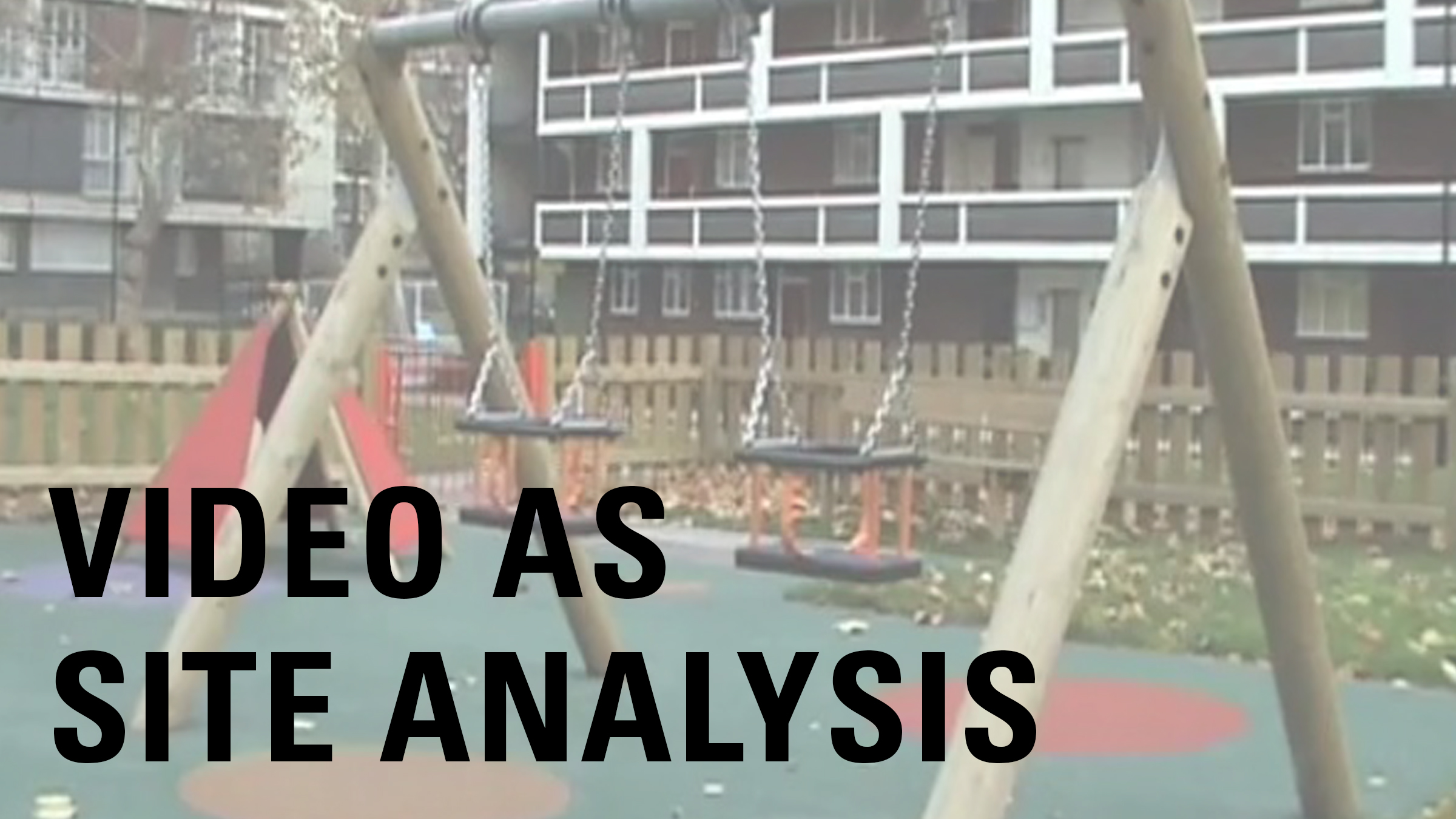LONDON
is a city I have been lucky to visit often since childhood: it was on the way from Boston to Karachi.
I was in London in September of 2001, completing research on Indian indenture in Fiji for my documentary on the subject, when 9/11 happened. And two years later I returned for a Master’s Degree in urban geography at Kings College London, for which I wrote a thesis on public art policy in East London in the early 1990s, specifically examining the case of Rachel Whiteread’s House (1993). I lived in Bethnal Green and fell in love with the city.
I lived in London again for a year in 2006, while working on the videos for the Venice Architecture Biennale 2006. London was not only where my office was, it was also one of the cities profiled in the exhibition: “London may articulate the postnational condition of 21st century urbnaism more overtly that almost anywhere else on the planet. One way to illuminate the city’s baffling complexity is to explore the proximity of distinct housing typologies, the symbiotic relationship of informal markets to global financial centers, and the adjacency of iconic architecture of the 17th century to that of the 20th. The London video collage plays on these juxatpositions while exposing the importance of the elements that bind the city together. The public transit network, the parks, and the Thames bring doherence to the urban scale.”
The following year, after completing my urban planning degree, I returned to the LSE to teach a three-week workshop, called Video as Site Analysis, as part of the core studio of the MSc in City Design & Social Science.
In 2017, I was one of the inaugural cohort of fellows of the International Inequalities Institute, which supported my research into the communal roots of anti-systemic politics in the UK.


